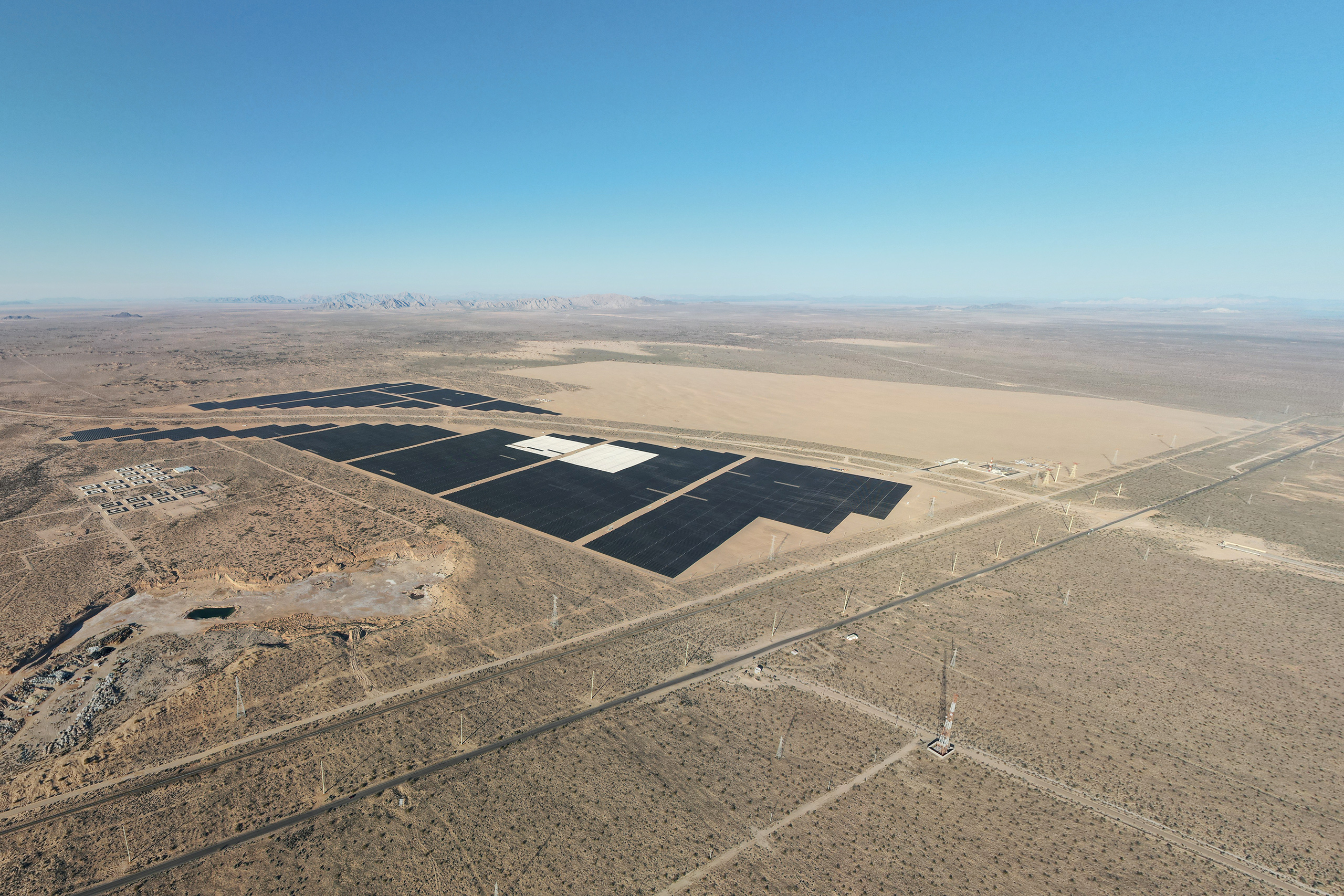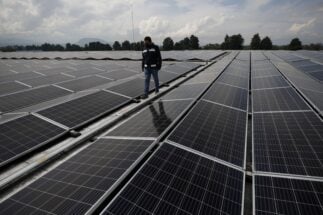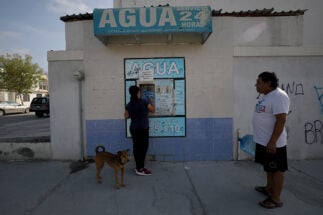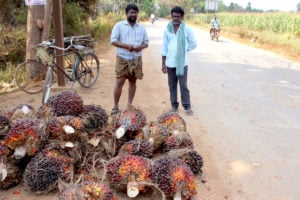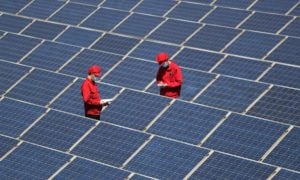The ancestors of the Tohono O’odham people used to make pilgrimages through the deserts of north-western Mexico to fetch salt. Whether to preserve food or as part of sacred rituals, salt was an essential part of their culture. People would walk for weeks towards the salt flats near the seashore, in the area known today as the Upper Gulf of California.
This year, transmission lines will be installed in these salt flats, to distribute power from a solar photovoltaic project that is set to become the largest in Latin America.
Covering 2,000 hectares and located 27 kilometres from the municipality of Puerto Peñasco, in the north-western state of Sonora, the site will gradually be covered by 278,000 solar panels. By 2027, it will have the capacity to generate a gigawatt of electricity, according to Mexico’s Federal Electricity Commission (CFE).
But Indigenous communities do not want these transmission lines here. “In the salt flats, there is power, there is energy that still exists,” says Matías Valenzuela, spokesperson for the Supreme Council of Elders of the Tohono O’odham Indigenous people.
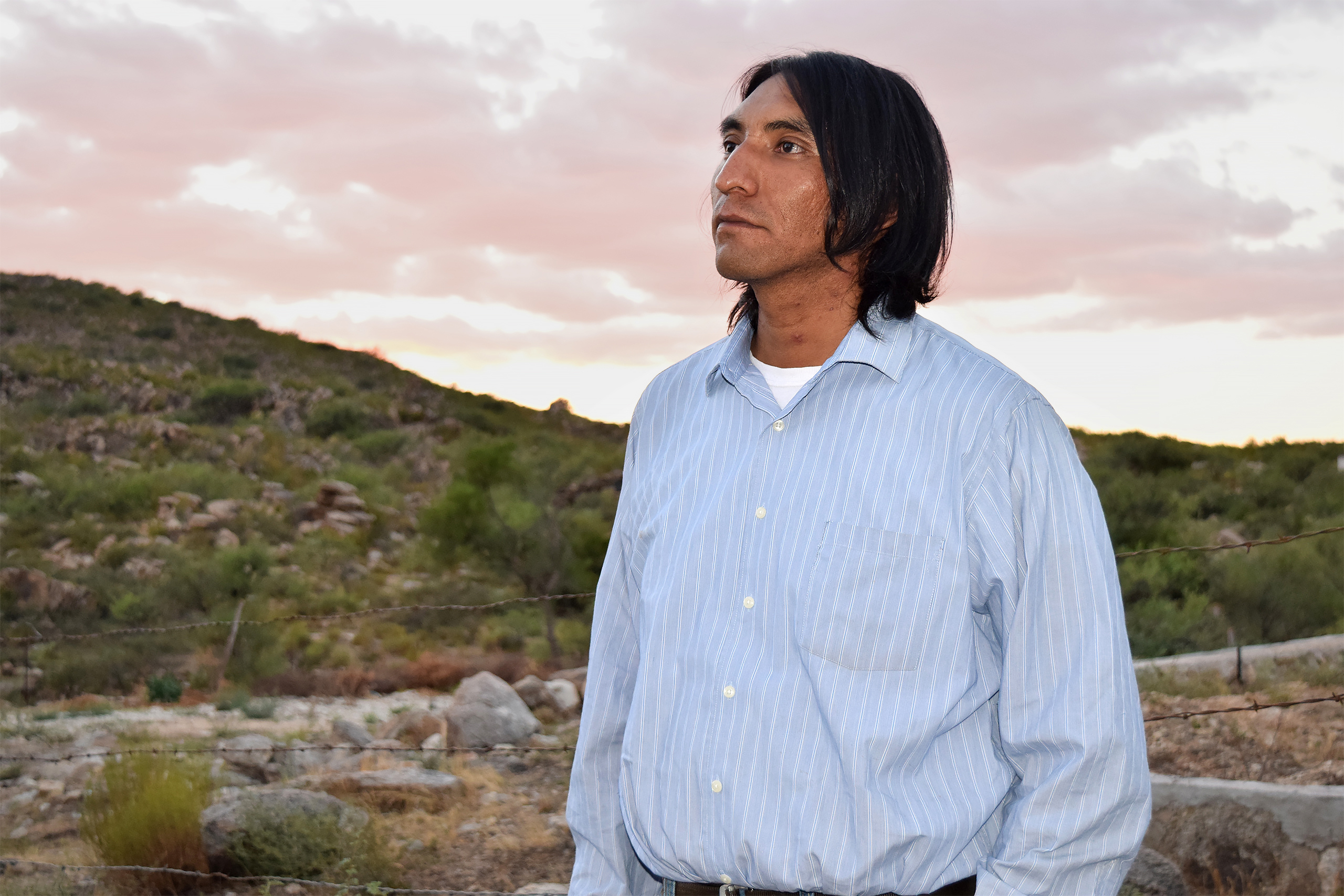
“It is as if I built a wall in the middle of a Catholic or Christian church. But, due to the fact that we are Indigenous, due to the beliefs we have, they look at us as savages and believe that we are worth less than them.”
The solar megaproject – which is part of the Sonora Plan, a renewable energy initiative of the Mexican government – also includes four electrical substations, 192 megawatts of battery storage, and large steel towers to support 290 kilometres of transmission lines across the Sonoran desert.
In the salt flats, there is power, there is energy that still exists.Matías Valenzuela, spokesperson for the Supreme Council of Elders of the Tohono O’odham Indigenous people
Environmentalists and members of the Tohono O’odham oppose the passage of these transmission lines through the buffer zones of two biosphere reserves. These are El Pinacate and Gran Desierto de Altar – a UNESCO World Heritage Site – and the Upper Gulf of California and Colorado River Delta.
Both reserves are home to enormous biodiversity. They also share shorelines with the salt pans sacred to the Tohono O’odham and freshwater springs that have been essential to their life and culture since ancient times.
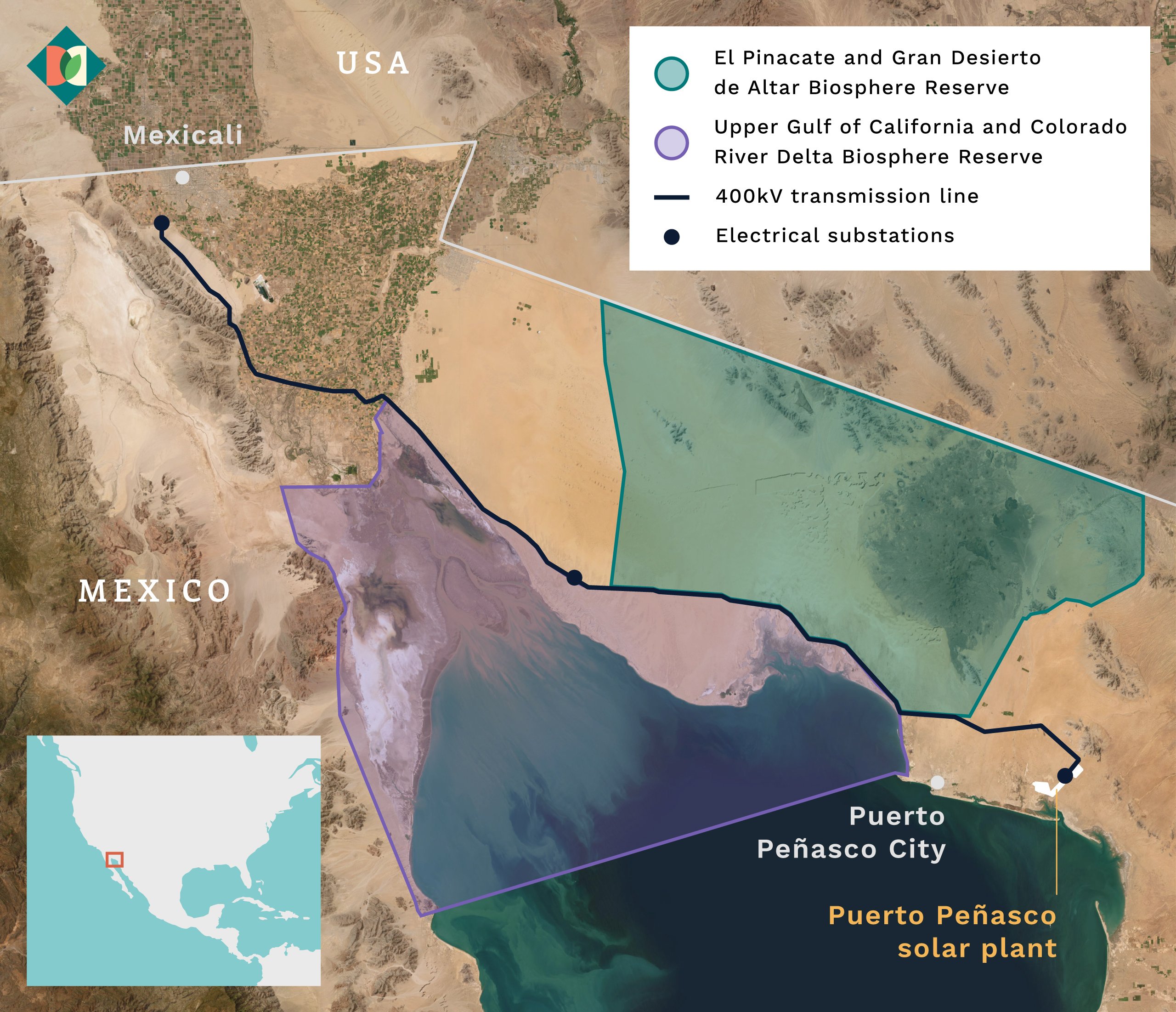
“We were not against or in favour of the project,” says Gerardo Pasos, one of the traditional Tohono O’odham governors and representative of the Supreme Council of Elders in Puerto Peñasco. “We just wanted them to respect us as a council, and for all the permits to be done correctly – for soil, for wetlands – and for it not to harm our community or our passage through the ancestral sites. But they didn’t do it that way.”
The Indigenous leader explains that, before the project started in 2022, three meetings were held between his people, the Ministry of Energy (Sener) and the Federal Electricity Commission (CFE). At each, his people reiterated their disagreement with the plan. But it was given approval by a representative from the Tohono O’odham on the other side of the border, in the US state of Arizona.
“They left [the talks] with a person from the United States, who calls himself the traditional governor,” says Pasos. “The elders do not recognise him as an authority. We do not recognise the decision they made. We feel humiliated by what he did to the Council.”
Mongabay Latam and Diálogo Chino requested an interview with Sener, CFE, the Ministry of Environment and Natural Resources (Semarnat), the National Commission for Natural Protected Areas (Conanp) and the management of the El Pinacate Biosphere Reserve, but no responses were received.
Benefits versus impacts
The Puerto Peñasco solar project is expected to provide electricity to 1.6 million consumers and to cost US$1.6 billion to build. The project is owned by CFE and will be completed in four stages, with the first having started this year.
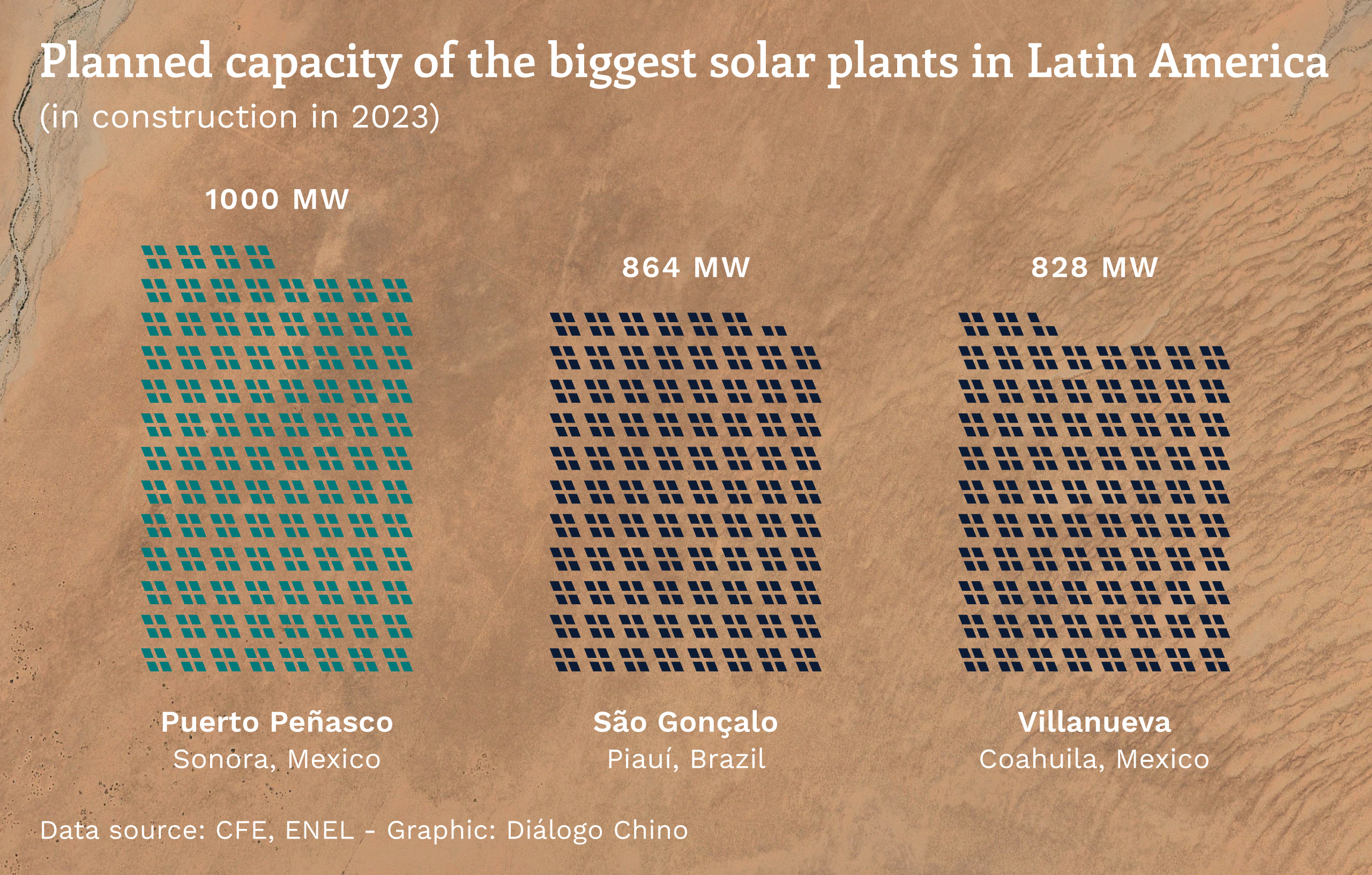
The Mexican government argues that the project is a matter of national security, and is necessary to meet electricity demand in Baja California and integrate its electricity system into the national grid. Its goal is to promote economic growth in the industrial, commercial, residential and service sectors of the Sonoran cities of Puerto Peñasco, Caborca and San Luis Río Colorado, as well as in Ensenada, Tecate, Tijuana and Mexicali, in the state of Baja California. At the same time, it aims to reduce energy dependence on the US and contribute to Mexico’s international climate commitments.
Carlos Tornel, a researcher at Durham University, UK, and an expert on the energy transition in Mexico, points out that renewable energy can have environmental costs.
“Several of the minerals found in solar panels have to be mined in Africa or China,” he points out. “They are later transported and installed in Sonora, with trucks that use fossil fuels to remove everything that is ‘in the way’ in the area.”
Transmission lines and the rupture of the landscape
“The transmission line will look like a scar,” says Federico Godínez Leal, who was director of the El Pinacate and Gran Desierto de Altar Biosphere Reserve from 2004 to 2017. The solar plant will especially affect the landscape of the southern part of the buffer zones of El Pinacate and the neighbouring Upper Gulf reserve.
“Where you now turn north and see the dunes, you will see the towers. They are gigantic. They are not like the towers we usually see in the cities or on the highways.”
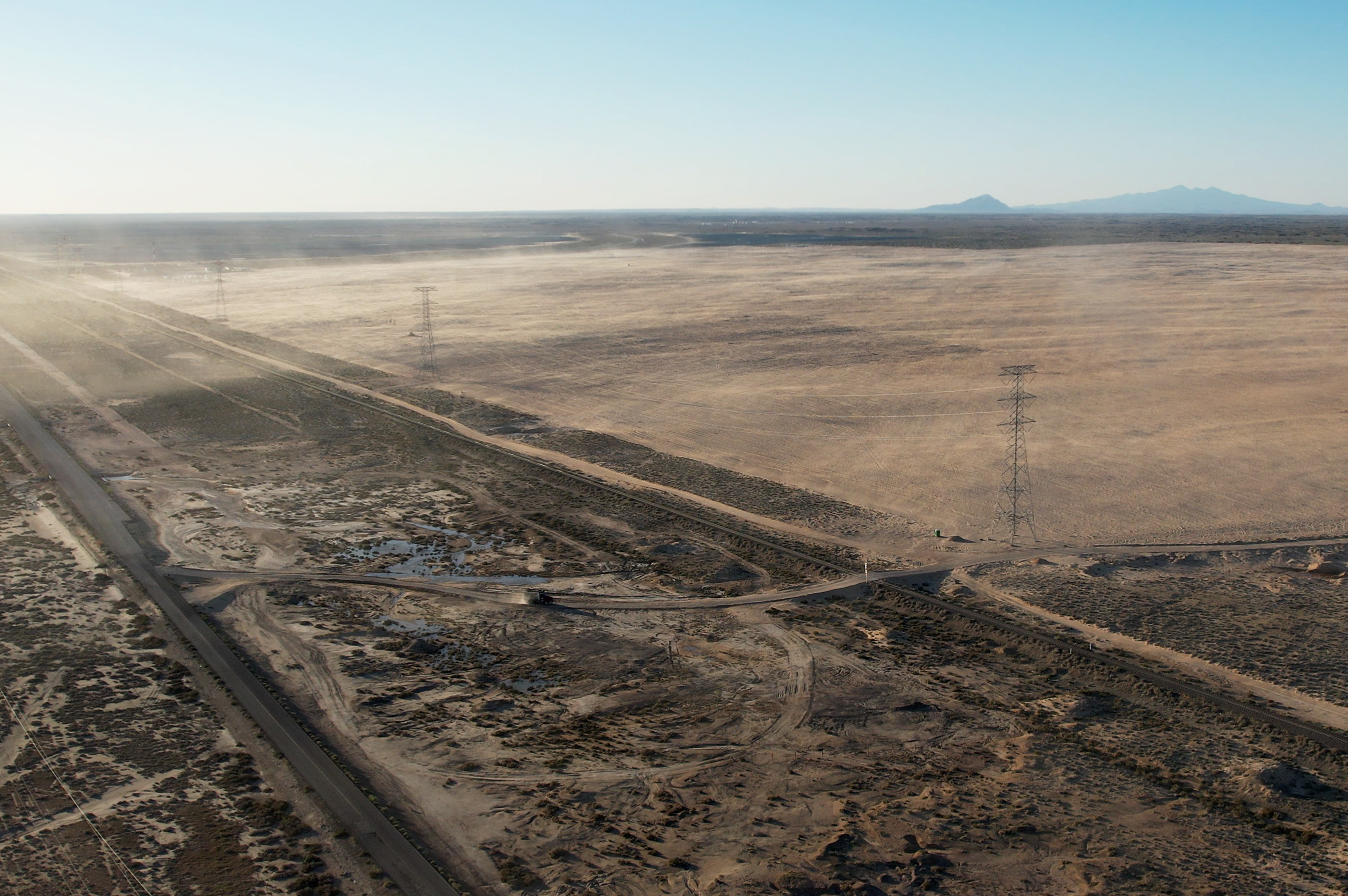
The CFE acknowledges the visual breakdown of the landscape in its environmental impact study, stating that there will be a “segmentation and fragmentation of the territory, leading to a decrease in the scenic value of these places”.
The landscape aspect, adds Godínez, is one of the fundamental criteria that UNESCO took into account when it declared the reserve a World Heritage Site in 2013. Because of this, Semarnat urged the CFE to notify UNESCO of its intentions. In October 2022, the CFE sent a summary of the project and the environmental impact study to UNESCO’s World Heritage Centre – which expects the Mexican state to comply with mitigation measures to limit the impacts.
It is as if I built a wall in the middle of a Catholic or Christian church.Matías Valenzuela, spokesperson for the Supreme Council of Elders of the Tohono O’odham Indigenous people
According to a document seen by Mongabay Latam and Diálogo Chino, experts from the International Union for Conservation of Nature (IUCN) determined that there will be clear negative impacts to the reserve as a result of the project along the coastal route. However, they stated that these impacts can be mitigated.
UNESCO told us that IUCN consultants prepared a technical analysis with recommendations for the Mexican authorities. A technical dialogue is under way with the Mexican government to implement these recommendations and so minimise the impact of the project.
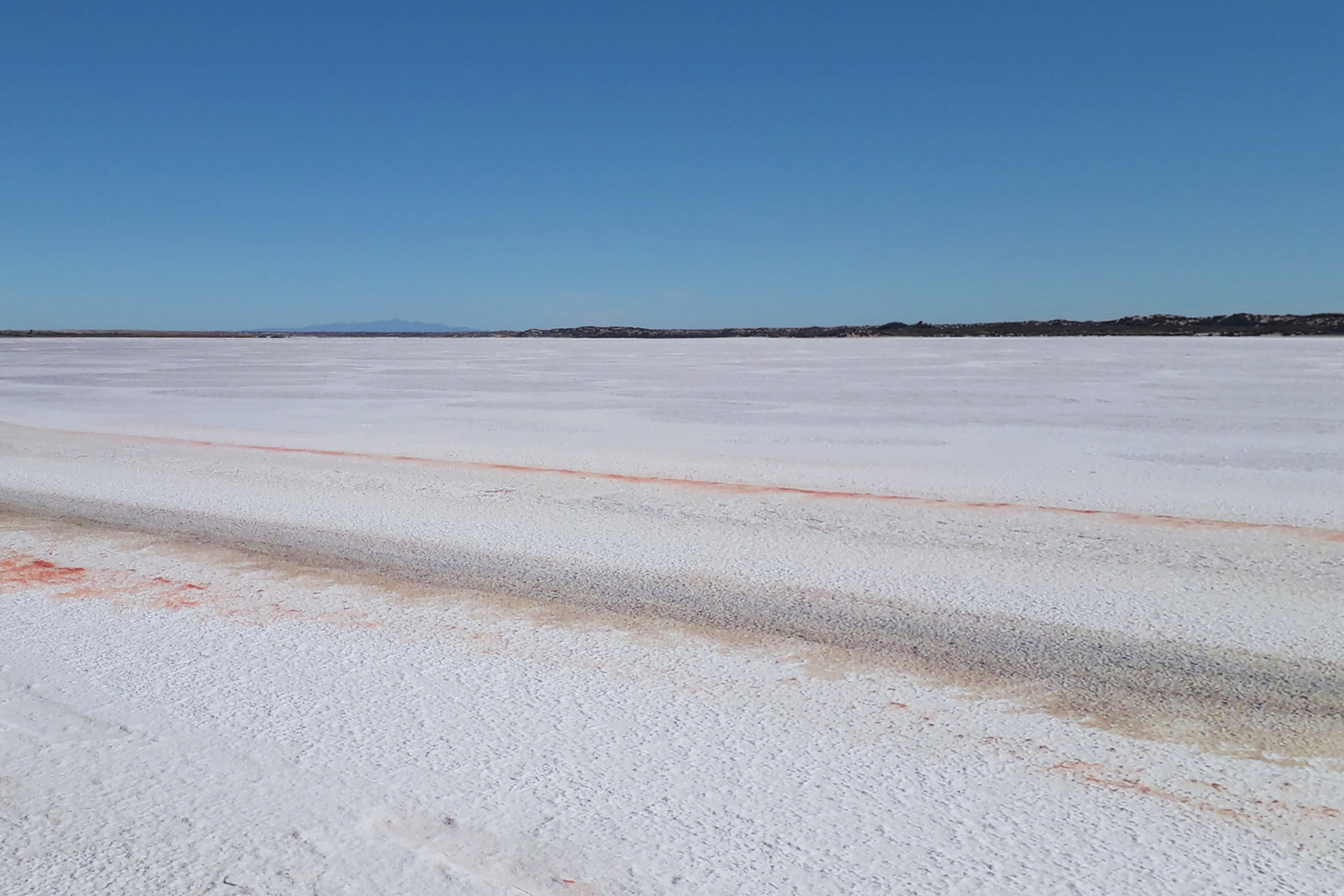
The El Pinacate and Gran Desierto de Altar Biosphere Reserve was established on 10 June, 1993. Inside the reserve, you can walk among volcanic ash, lava flows and crater rims. The Upper Gulf of California and Colorado River Delta Biosphere Reserve, meanwhile, has terrestrial and marine areas, including the Adair Bay wetlands – a Ramsar site that brings together a combination of habitats, such as marshes, canals, artesian wells, hypersaline flats and mud flats.
The CFE environmental impact study mentions that “the project affects only its northern part.” The ancestral routes of the Tohono O’odham are located throughout this area.
The transmission network for the solar plant will consist of two transmission lines and an electrical substation in Sonora. The first line affects 77 kilometres in the buffer zones of the two biosphere reserves, in the areas protected by Mexican regulations. Another passes through 68 kilometres of the buffer zones of the UNESCO World Heritage Site to the east and west of the El Pinacate reserve.
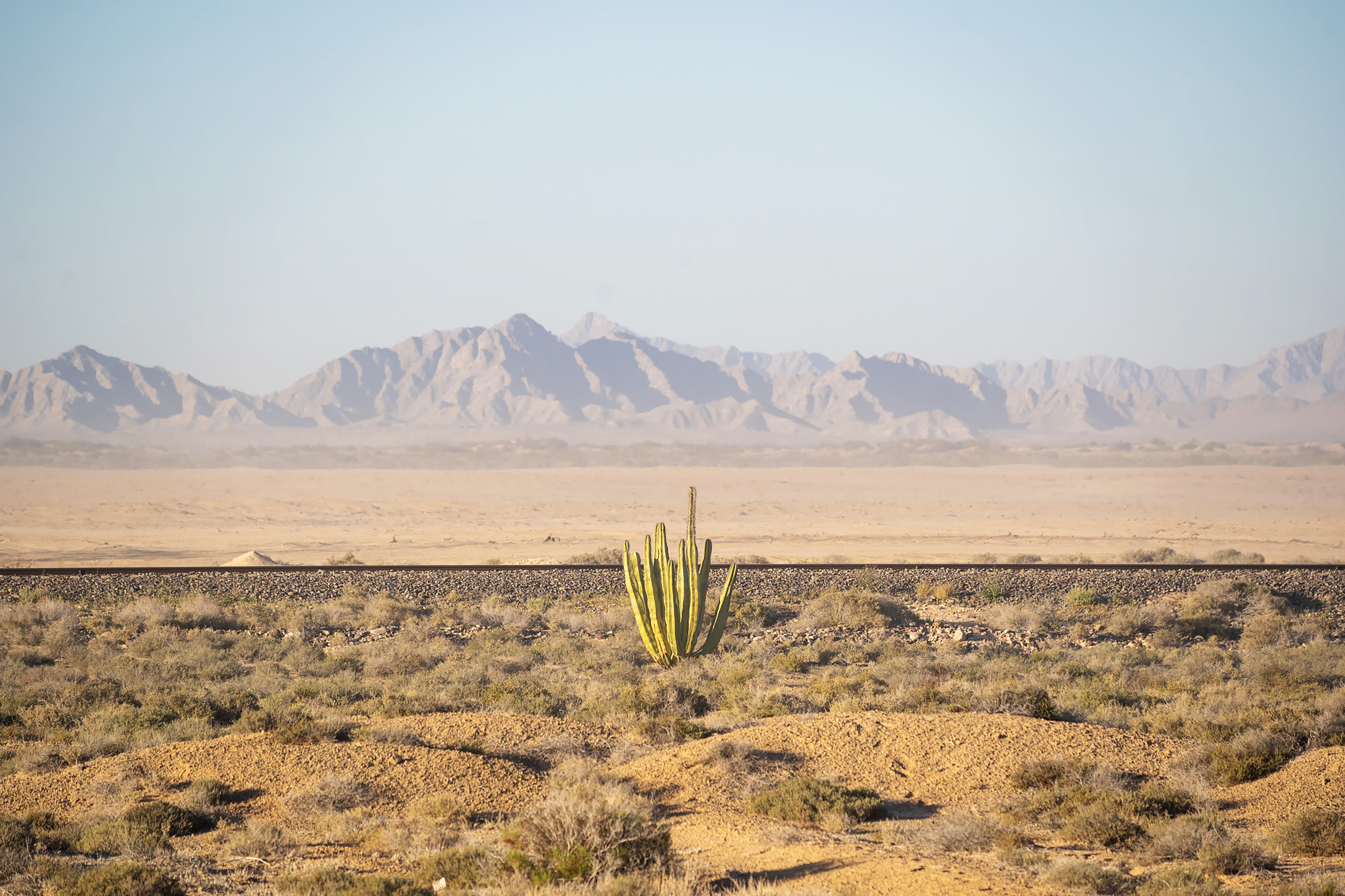
The two lines will run parallel to the coastal highway Puerto Peñasco-Golfo de Santa Clara and along a fraction of the Sonora-Baja California railroad. In the environmental impact study, CFE argues that the transmission lines will not be visible to visitors of the El Pinacate reserve, “because a set of elevations crosses the line of sight”.
Federico Godinez, former director of the El Pinacate and Gran Desierto de Altar reserve, disputes this: “Within the body of the environmental impact study, they made measurements and used a methodology with which we do not agree, because they did it as a way of justifying themselves.”
A culture at risk
At El Pinacate, the Tohono O’odham still do the salt walk. They leave in groups from various Sonoran communities and from Arizona in the United States. “To get to the salt flats you have to go through the Pinacate,” says Matías Valenzuela. “It is a very necessary route to enter the salt flats, because it is a very old route used by the ancestors.”
These routes, he says, are also at risk because the health of the elders who know the way has deteriorated over the years, and because of other factors such as violence in the surrounding municipalities due to organised crime. On top of to this, they say the construction of the transmission lines is putting the O’odham culture at risk.
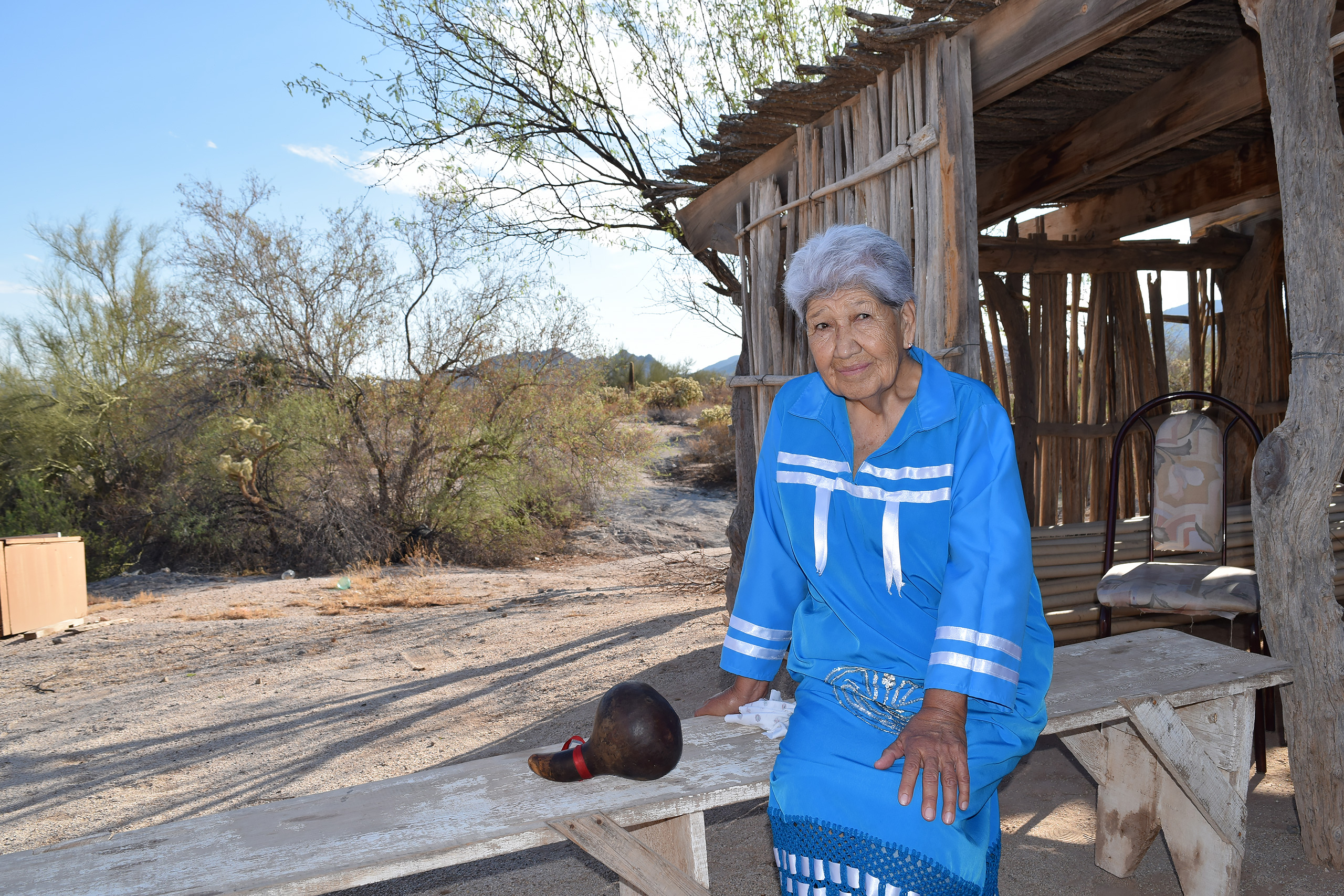
The knowledge of his people and their request for the project not to harm them were not taken into account, says Valenzuela. From the perspective of the Supreme Council of the Tohono O’odham, the solar plant development effectively amounts to looting of their ancestral sites.
As Valenzuela reiterates, sacred sites have incalculable power. “You have to protect them, because very few are left here in Mexico,” he says. “Sacred sites are being destroyed, just for a few coins that will run out tomorrow.”
This story was produced in partnership with Mongabay Latam. This is a shorter, adapted version of the article that appears on Mongabay.
